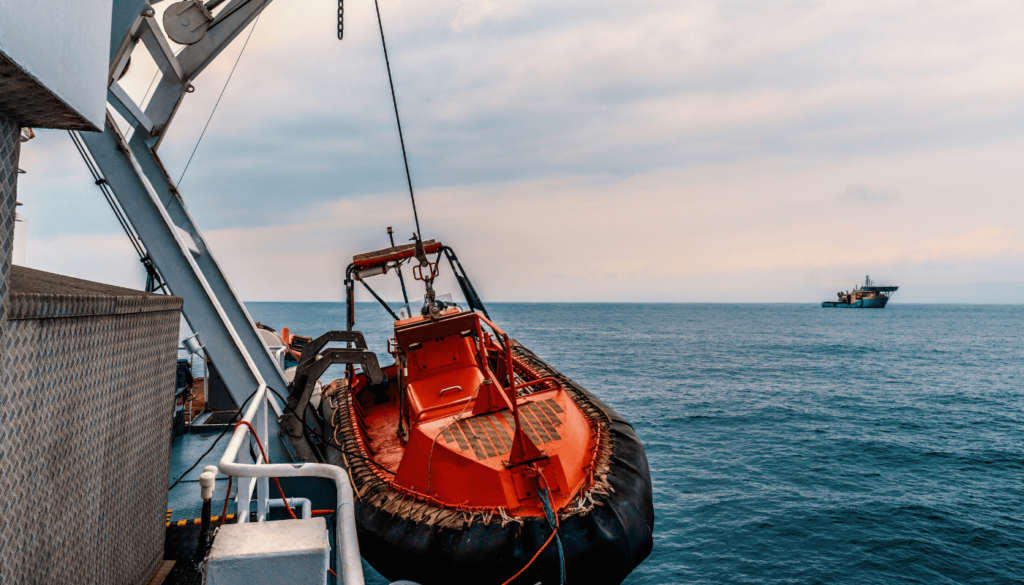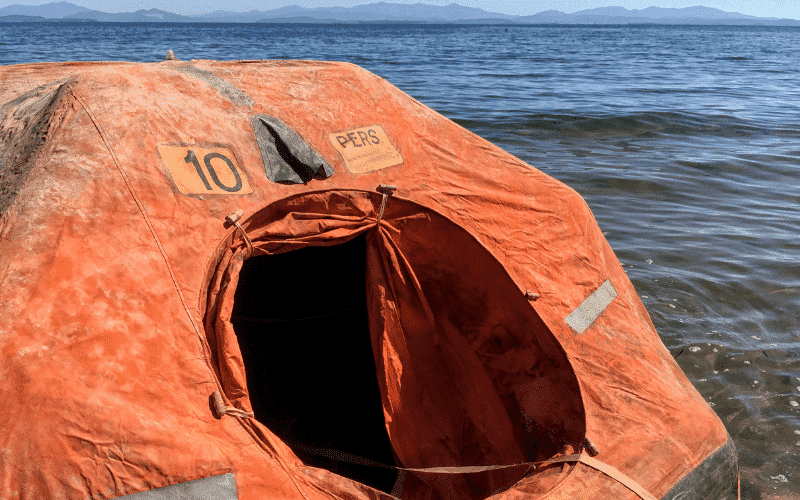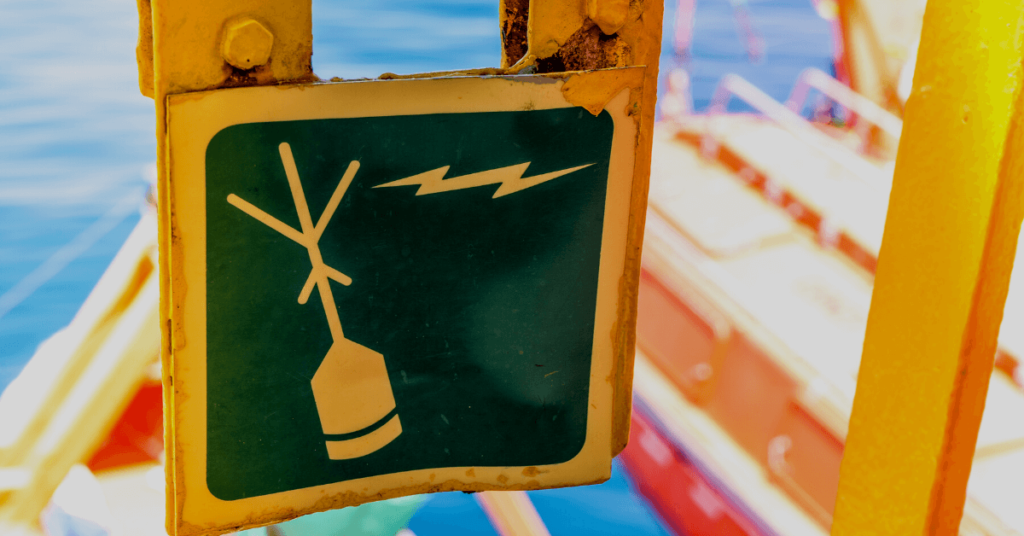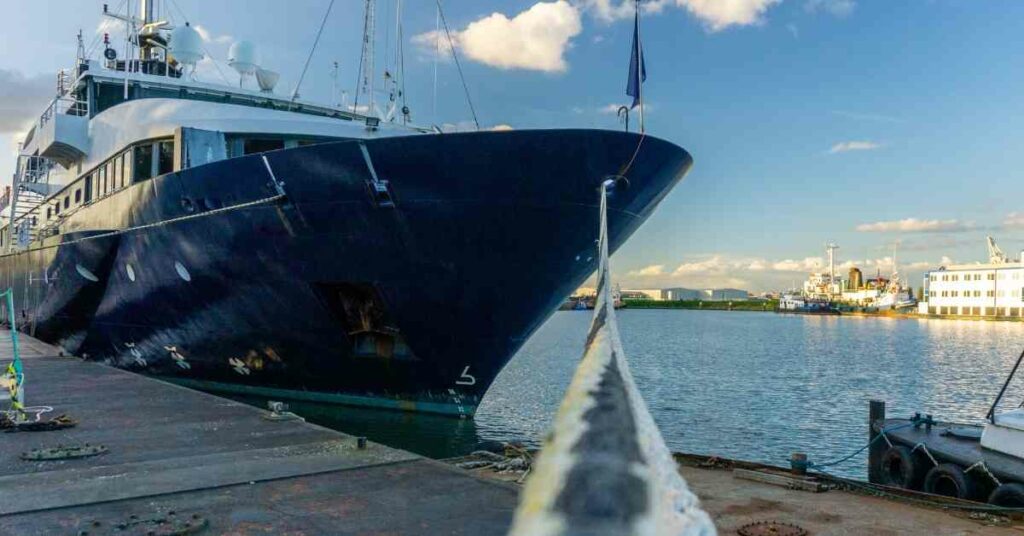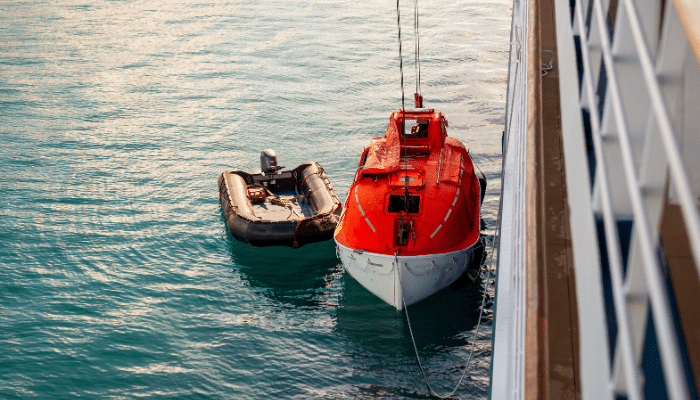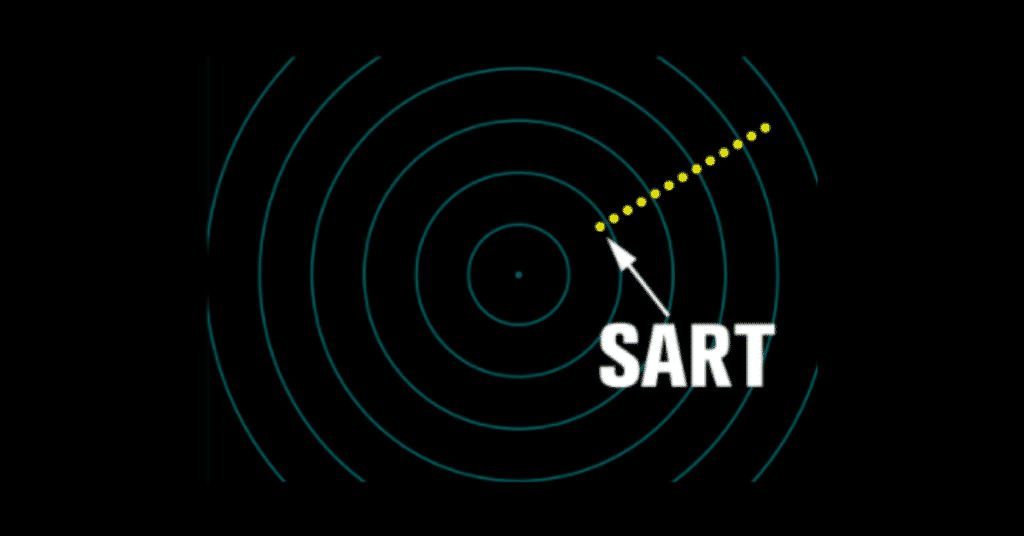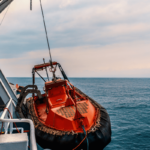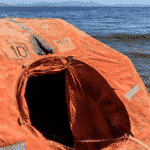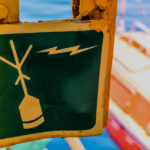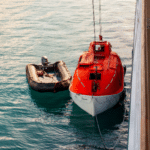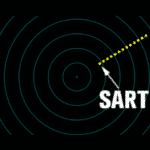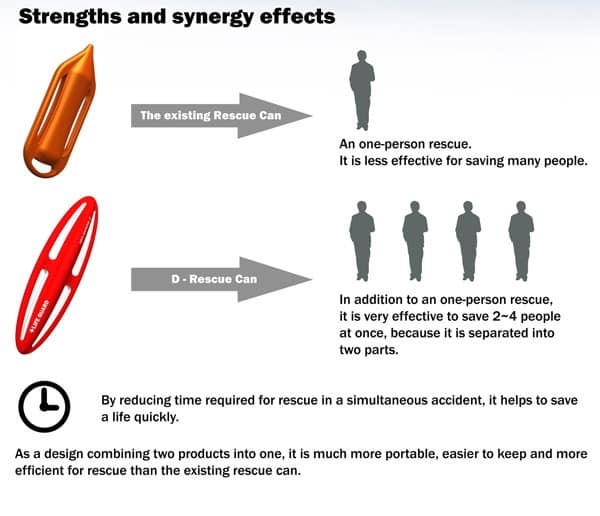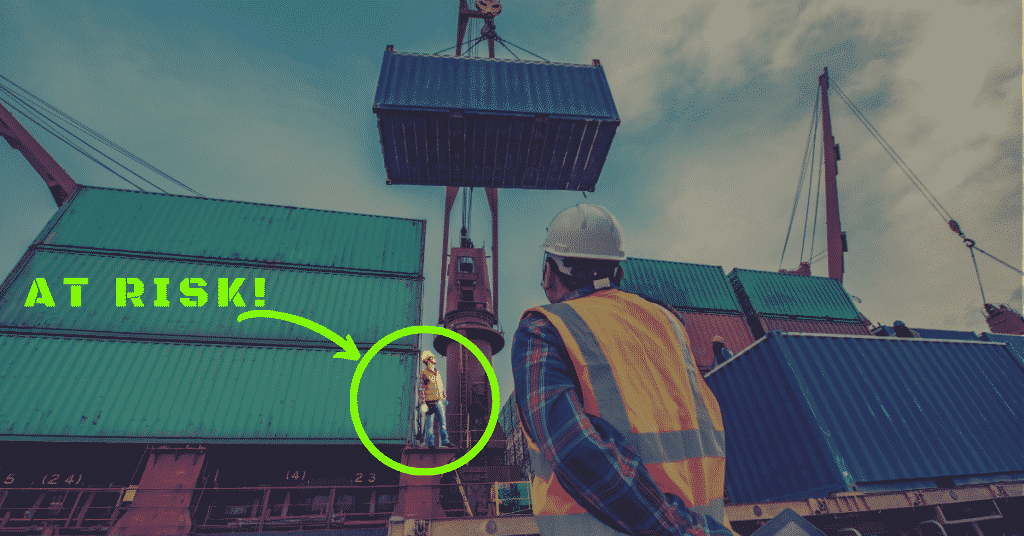The Indian Ocean Tsunami Warning System: Saving Ships from Tsunami
The Indian Ocean Tsunami Warning System is the latest pioneer that has been achieved to alert coastal residents about an impending tsunami. The system has been developed following the casualty that occurred after the 2005 natural calamity.
The Indian Ocean Warning System has been developed on the likes of the already existing Pacific Tsunami Warning Centre which helps to track tsunamis on the western parts of the globe and consists of a variety of devices to aid the process.
Pressure Recorders and Tide Gauges are two of the main gadgets that are used to detect a tsunami attack. These two devices have become quite popular after the aforementioned calamity as seismic devices, which were used initially but sparingly failed to give a sure-shot indication of the calamity.
Deep-Ocean Assessment and Reporting of Tsunami (DART) is an example of one of the former gadgets mentioned. The device uses buoys and sensors located at deep sea to warn about the attack of a tsunami. A pressure recorder located at the sea bed measures the variance in the weight of the water and sends the data to the buoy located at the water-surface. This received data is added to the surface conditions monitored and tracked by the buoy and sent via a satellite signal to a receiving station.
The biggest advantage of installing a pressure recorder like the DART is that it is accurate and gives ample time as regards warning the people concerned is taken into consideration. The biggest disadvantage is that it is quite expensive and often governments might forgo this technology on account of the expenditure more than anything else.
Which is why another device, known as the Tide Gauge becomes relevant. This Indian Ocean Tsunami Warning System operates on land unlike the pressure recorder and with the help of the Sonar or Radar warns the public about the approaching calamity. A tide gauge uses the mode of GLOSS (Global Sea Level Operating System) and with the help of simple tubes and floats helps pinpoint the arrival of a tsunami.
The biggest advantage of this Indian Ocean Tsunami Warning System is that, it has always been in operation in the Indian Ocean. While earlier it was used to measure the sea level for long term climatic change studies, the attention now has just shifted to pin-pointing and cautioning about tsunamis hitting the coast.
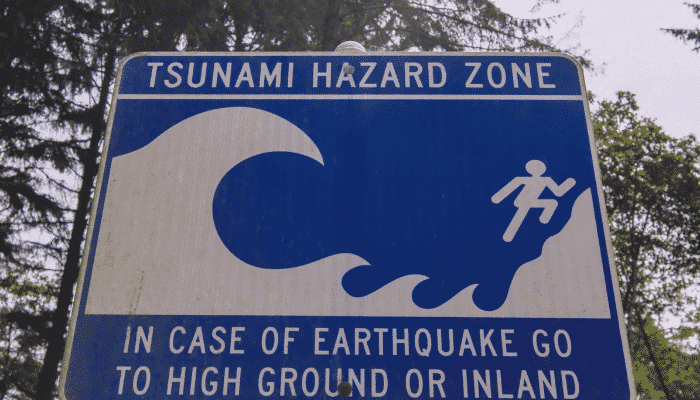
Another system of Indian Ocean Tsunami Warning System that has come under operation is the collaborative effort undertaken by the Pacific Tsunami Warning Centre (PTWC) and the Japan Meteorological Agency (JMA) to set-up Regional Tsunami Watch Providers (RTWPs) to caution the coastal areas located in the Indian Ocean. The collaborative effort once again involves the usage of the two aforementioned technologies and along with them, the participation of the local NGOs and local communication channels to pass on the warning to far-flung residents.
Considering that the Indian Ocean is a continuous activity pot for under-sea volcanoes and earthquake zones that cause tsunamis, the biggest advantage of having an Indian Ocean Tsunami Warning System will be that, that the people will get more time to plan and execute their safety.
With respect to the business community, if there are ships directly on the path of an impending tsunami, the Indian Ocean Tsunami Warning System would help the captains of these ships to alter their course and thus averting a loss.
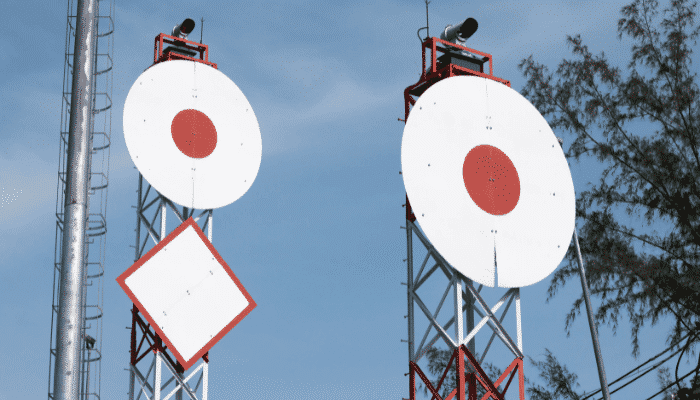
Also, the shipping companies would be able to identify what routes to avoid in case constant tsunami warnings are posted to one particular area or region, thereby averting not just a loss moneywise but also a tragedy in terms of manpower and resources. When it comes to the shipping industry, which forms a major component in the Indian Ocean, the development and initiation of the Indian Ocean Tsunami Warning System is a foolproof method to tackle the unchained and unpredictable ocean.
By adhering to the cautionary note posted by the warning system and thus effectively re-routing the ship’s courses, a shipping conglomerate can save billions and not incur any losses. Furthermore, given the issues of global warming and oil slicks, a shipping company can, not just avoid a simple money loss but also prevent slander and bad credit to his reputation.
As the famous proverb goes, a stitch in time…definitely saves nine or in this case, millions, billions, trillions and zillions.
References sciencedaily, bbc

About Author
Raunek Kantharia is a marine engineer turned maritime writer and entrepreneur. After a brief stint at the sea, he founded Marine Insight in 2010. Apart from managing Marine Insight, he also writes for a number of maritime magazines and websites.
Do you have info to share with us ? Suggest a correction
Latest Ship Safety Articles You Would Like:
Subscribe To Our Newsletters
By subscribing, you agree to our Privacy Policy and may receive occasional deal communications; you can unsubscribe anytime.



